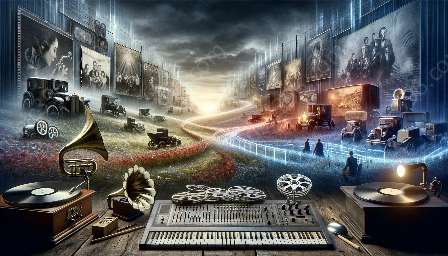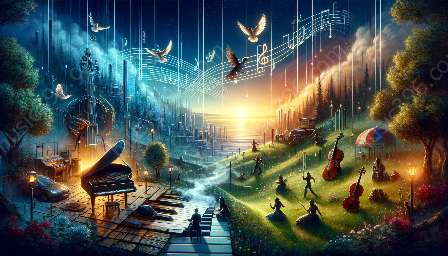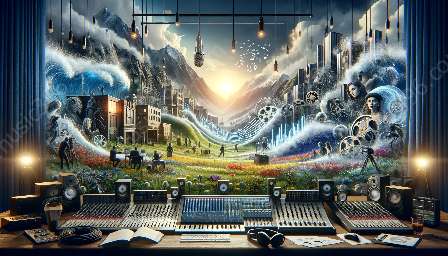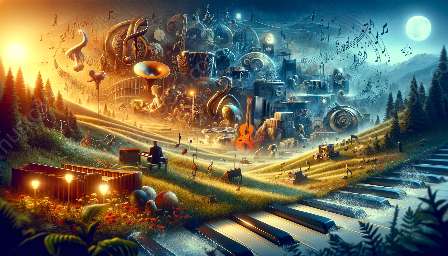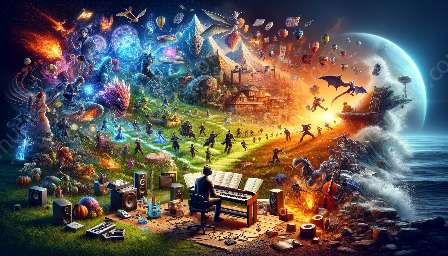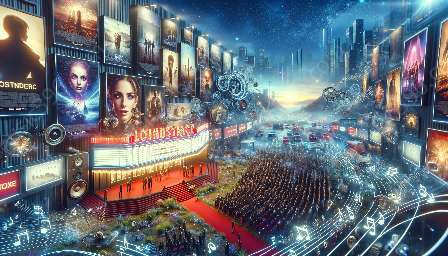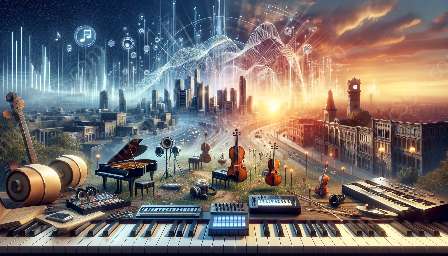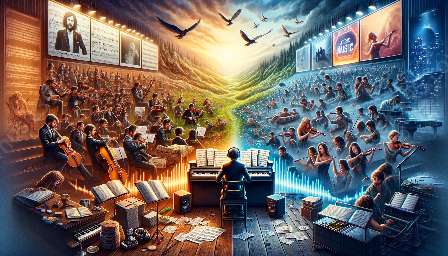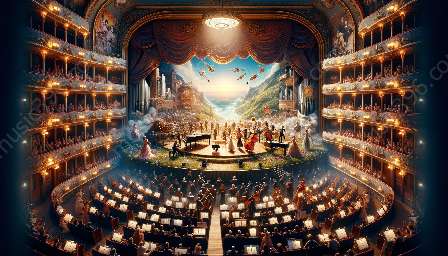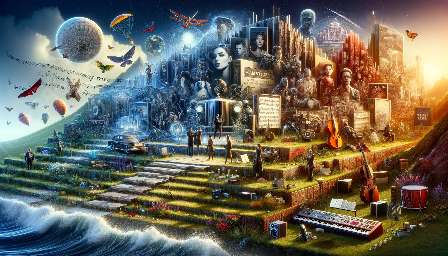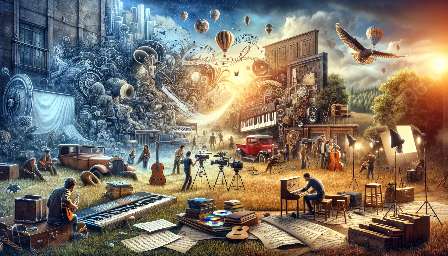In the world of cinema, music and sound design play a crucial role in shaping the emotional tone of a film. The careful selection of musical compositions, sound effects, and sonic elements can profoundly impact the audience's experience, influencing their emotions and perceptions of the narrative. This article delves into the intricate relationship between music, sound design, and emotional resonance in film, featuring case studies of notable movie soundtracks to illustrate the profound impact of these elements.
Understanding Emotional Resonance
Emotional resonance is a fundamental aspect of storytelling in film. The ability to evoke and manipulate emotions is a powerful tool for filmmakers, and music and sound design are essential components of this process. By leveraging the auditory senses, filmmakers can create a multi-dimensional experience that immerses the audience in the narrative and enhances their emotional engagement.
The Role of Music in Setting the Emotional Tone
Music is a universal language that transcends cultural barriers and resonates with individuals on a deeply emotional level. In the context of film, the right musical choices can establish the emotional tone of a scene or an entire movie. Melodies, harmonies, rhythms, and instrumentation all contribute to the emotional landscape of a film, eliciting specific moods and sentiments in the audience.
Case Study: 'The Dark Knight' (2008)
The soundtrack of Christopher Nolan's 'The Dark Knight' composed by Hans Zimmer exemplifies the potent impact of music on emotional tone. Zimmer's intense, pulsating score amplifies the tension and urgency of the film, heightening the audience's emotional investment in the action-packed sequences. The haunting motifs and relentless percussion underscore the psychological depth of the characters, adding layers of complexity to the emotional landscape of the narrative.
The Subtle Art of Sound Design
While music often takes the spotlight, sound design operates on a more subtle yet equally influential level. The careful curation of ambient sounds, foley effects, and spatial audio enhances the immersive quality of a film, shaping the emotional atmosphere and enriching the audience's sensory experience.
Case Study: 'Blade Runner 2049' (2017)
The sound design of 'Blade Runner 2049,' masterfully crafted by Theo Green and Mark Mangini, demonstrates the pivotal role of sonic elements in shaping the emotional tone of a futuristic dystopian world. The intricate layering of futuristic sounds, environmental textures, and evocative ambient noises creates a palpable sense of immersion, enveloping the audience in the film's hauntingly atmospheric setting.
Creating Emotional Dynamics Through Composition and Edit
Successful soundtracks not only reflect the emotional tone of a film but also contribute to its narrative dynamics. The interplay between music, sound design, and editing techniques can modulate the audience's emotional experience, punctuating pivotal moments and generating profound emotional impact.
Case Study: 'Inception' (2010)
Christopher Nolan's 'Inception,' scored by Hans Zimmer, showcases the symbiotic relationship between music and editing in crafting emotional dynamics. Zimmer's iconic 'Time' track, coupled with the meticulous synchronization of sound with the film's climactic sequences, amplifies the emotional crescendo, elevating the audience's immersion and investment in the film's high-stakes narrative.
Captivating the Audience through Sonic Storytelling
Ultimately, the marriage of music and sound design in film embodies the art of sonic storytelling. By harnessing the emotive power of sound, filmmakers can craft a cinematic experience that resonates deeply with the audience, eliciting a spectrum of emotions and leaving a lasting impression.
Conclusion
The choices in music and sound design hold immense sway over the emotional tone of a film, shaping the audience's emotional journey and enriching the narrative experience. Through compelling case studies of notable movie soundtracks, we have witnessed the transformative impact of music and sound design on the emotional resonance of cinema. As filmmakers continue to explore the boundless possibilities of sonic expression, the art of storytelling in film will continue to evolve, driven by the evocative power of music and sound.


